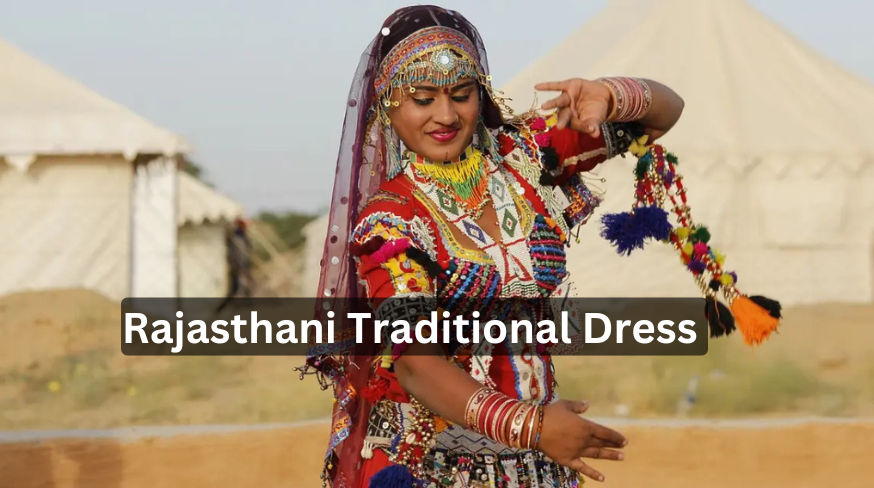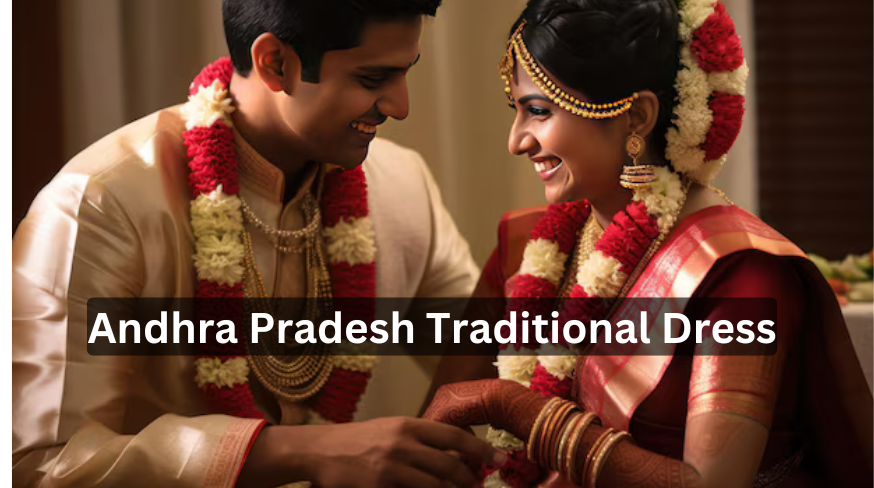The Traditional dress of northeast India have cultural differences as do the states of this region. The saturation and the motifs as well as ornamentation of these ethnic Tatar women’s traditional garments are indeed mindful of the culturally and artistically developed history of the different ethnic groups of this region.
Traditional Dress of Northeast India: A Cultural Tapestry
For Women:
- Mekhela Chador (Assam): This traditional dress of women in Assam consists of a skirt (mekhela) which is either made of silk or cotton, and is teamed with an uncut cloth (chador) that is draped over the bosom. The mekhela may contain fine patterns and designs on it, the chador contains beautiful border and sometimes it has embrodery.
- Riga (Nagaland): The Naga women’s traditional dress is sometimes known as Riga and is a bright and cheerful garment, decorated in bright colors. It has the woven fabric that forms a skirt that goes round the woman’s lower part of the body and has bead work and tassels. The upper garment is a blouse or a shawl without sleeves They wear simple or posh blouses or stoles.
- Phaneek (Manipur): Traditional dress of northeast India is the Phaneek that is a long unstitched cloth which is either worn around the waist or is used over the shoulder. It normally assembled from the silk material and elaborated by the pretty or fancy model designs. It is worn with a blouse and a shawl; the shawl may be plain or may be embellished with elaborate work.
- Jainsem (Meghalaya): The Khasi women normally do not wear blouses; their dress Jainsem is an unstitched garment measuring from the armpits to the ankles and passed over the left shoulder. Commonly it is made from cotton or silk fabric and may be decorated by exquisite patterns and motifs. The Jainsem is worn together with a blouse, which could be simple or work with elaborate embroidery work.
For Men:
- Dhoti-Kurta (Assam, Manipur, Tripura): The dhoti-kurta is another typical form of dressing prevalence amongst men in several of the northeastern region states. The dhoti is a length of material worn drawn up between the legs and tightened at the waist and the kurta on the other hand is a long loose tunic. The dhoti is very simple or may display wide and extensive printing or borders; the kurta is normally more worked out with such prints.
- Riha (Nagaland): Thus, the Riha, the traditional dress of Naga men is a bright and cheerful piece of clothing. It includes a loin cloth, a shawl for the body and a cap for the head. The loincloth is as a rule embroidered with various ornaments and patterns; the shawl may be ornamented or have simple pictures in traditional styles. The headgear includes those which are made from feathers or animal hairs; it informs patrons of the user’s social status besides his or her tribal belief.
- Kynjri Ksiar (Meghalaya): The headgear of Khasi men is Kynjri Ksiar, a white cloth like cap with red border. It is a symbol of a married man specifically created to be worn during special events.
Here are few samples of the rich traditional costumes of Northeast India only. Every state dressing styles and every ethnic group has its own style and cultural importance attached to dressing. These bright and beautiful apparels although depict the diverse tradition of the area precursor artistic skills and innovativeness of the populace.




